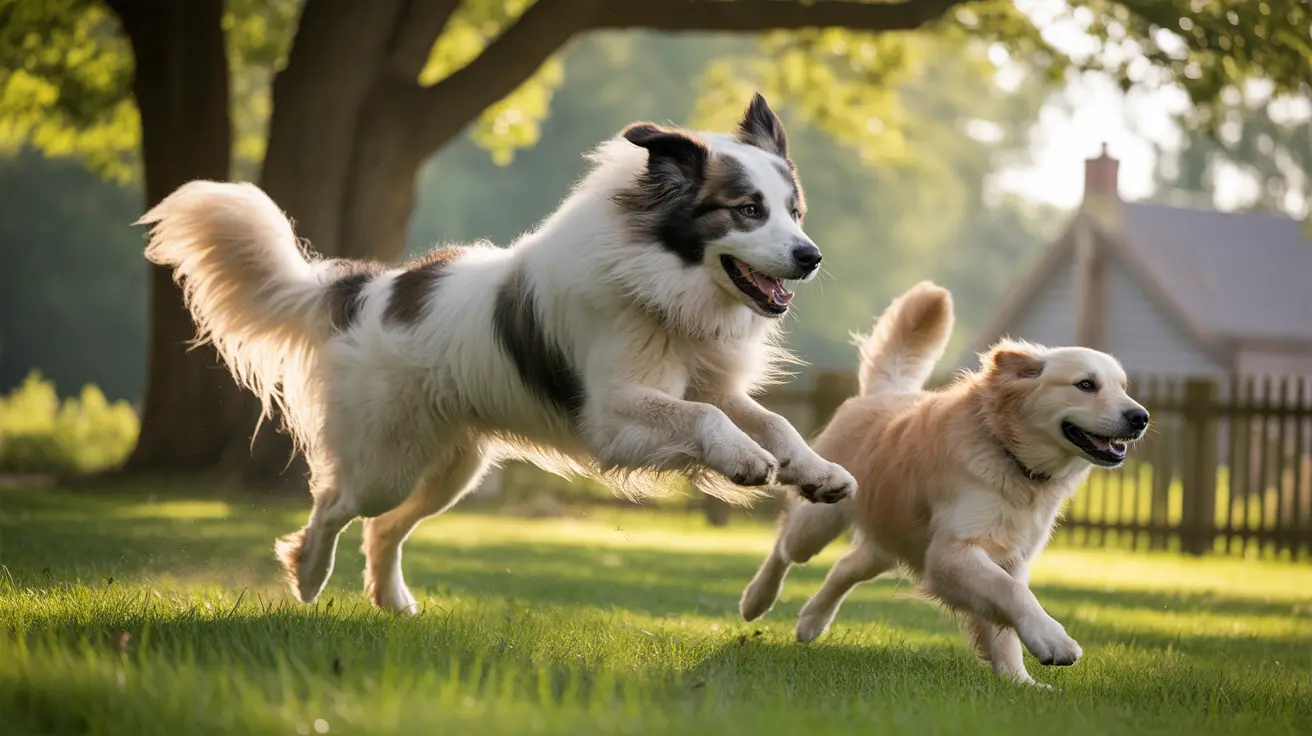Considering adding another male dog to your household? This decision requires careful thought and planning to ensure a harmonious home environment. While two male dogs can form strong bonds and provide wonderful companionship, there are specific challenges and considerations you'll need to address.
In this comprehensive guide, we'll explore everything you need to know about housing two male dogs together, from compatibility concerns to management strategies that can help ensure success.
Understanding Male Dog Dynamics
Male dogs have unique behavioral patterns that can affect their ability to live together peacefully. Testosterone levels, even in neutered males, can influence their interactions and territorial instincts. Understanding these natural tendencies is crucial for managing potential conflicts.
Age differences often play a significant role in compatibility. Generally, pairing an older male with a younger one can work well, as the younger dog is more likely to accept the established dog's leadership position.
Key Benefits of Having Two Male Dogs
Enhanced Home Security
Two dogs provide superior protection for your home, as their combined presence creates a stronger deterrent for potential intruders. Male dogs, in particular, tend to be more territorial and protective of their environment.
Companionship Benefits
When properly introduced and managed, two male dogs can become excellent companions for each other. They can engage in play, provide mutual entertainment, and help prevent boredom-related behavioral issues when left alone.
Common Challenges to Consider
Territory and Resource Management
Male dogs may compete for resources such as toys, food, sleeping areas, and human attention. This necessitates careful management of resources and consistent training to prevent conflicts.
Training Complexities
Training two male dogs requires additional effort and expertise. Each dog needs individual training sessions, and you'll need to work on their behavior both separately and together to maintain household harmony.
Essential Management Strategies
Establish Clear Boundaries
Creating distinct spaces and routines for each dog helps prevent territorial disputes. This includes separate feeding areas, resting spots, and designated times for individual attention.
Proper Exercise and Stimulation
Regular exercise is crucial for maintaining peace between two male dogs. Well-exercised dogs are generally calmer and less likely to engage in competitive or aggressive behaviors.
Setting Up for Success
Early Socialization
If possible, introduce your male dogs when they're young. Early socialization can help prevent many common behavioral issues and establish positive relationships between the dogs.
Creating a Structured Environment
Maintain consistent routines and rules for both dogs. This structure helps them understand their roles in the household and reduces confusion or competition.
Frequently Asked Questions
What are the main challenges of having two male dogs living together in the same household?
The primary challenges include potential territorial aggression, competition for resources, and the need for careful management of interactions. Neutered males typically get along better, but supervision and proper training are still essential.
How can I introduce a second male dog to my home to minimize conflicts and resource guarding?
Start with neutral territory introductions, supervise all interactions, and gradually increase their time together. Provide separate resources initially and reward calm, friendly behavior between the dogs.
What are the benefits of having two male dogs compared to having just one dog?
Benefits include increased home security, mutual companionship, enhanced exercise opportunities through play, and potential reduction in separation anxiety when owners are away.
How do size and personality differences affect the compatibility of two male dogs?
Size differences should be considered carefully, with larger dogs generally being more inhibited toward smaller ones. Personality compatibility is crucial - confident, well-adjusted dogs typically make better companions.
What strategies can help manage training, feeding, and attention when owning two male dogs?
Implement separate feeding areas and times, maintain individual training sessions, ensure each dog receives one-on-one attention, and establish clear household routines and boundaries.
Conclusion
While having two male dogs presents unique challenges, success is achievable with proper planning, management, and commitment to training. Understanding their specific needs and implementing appropriate strategies can help create a peaceful and enriching environment for both dogs.






